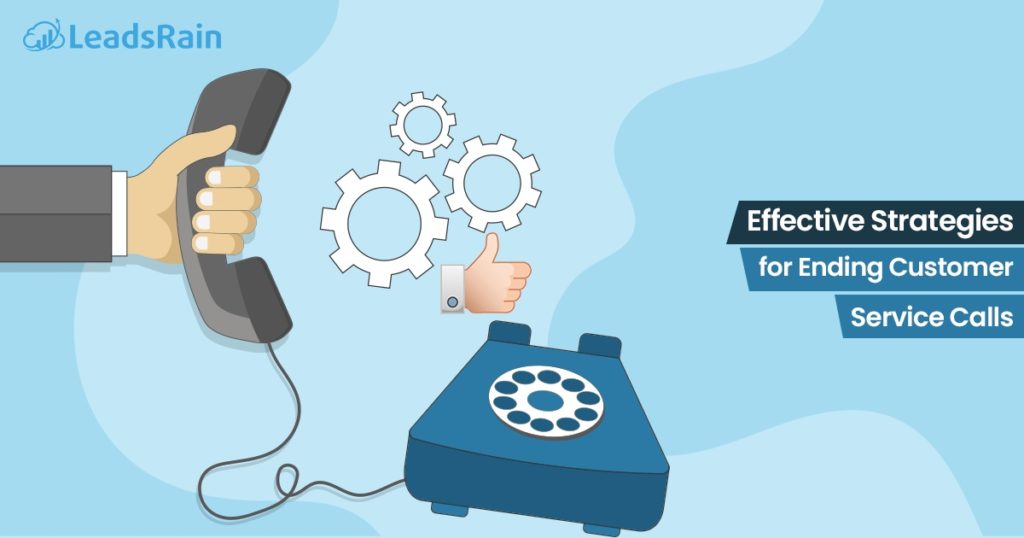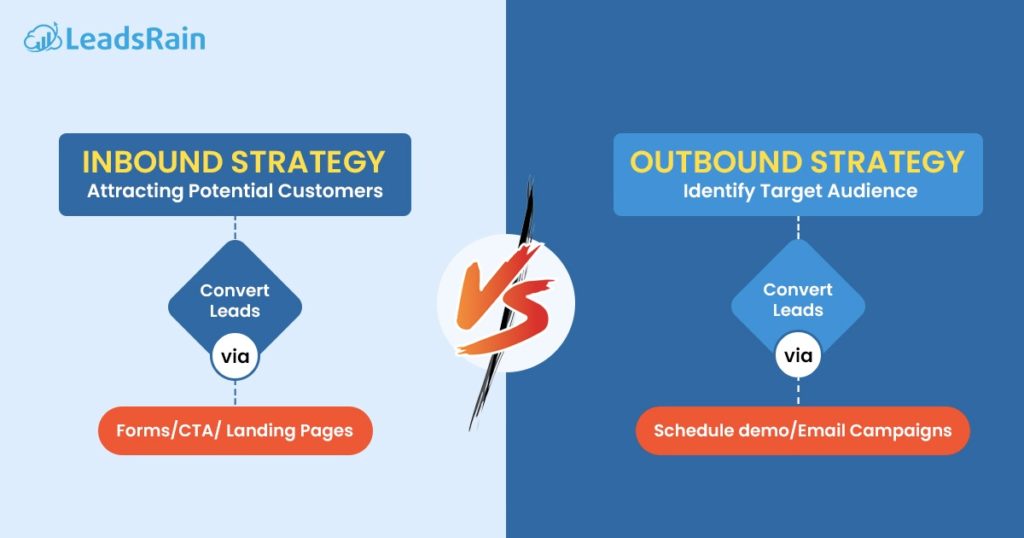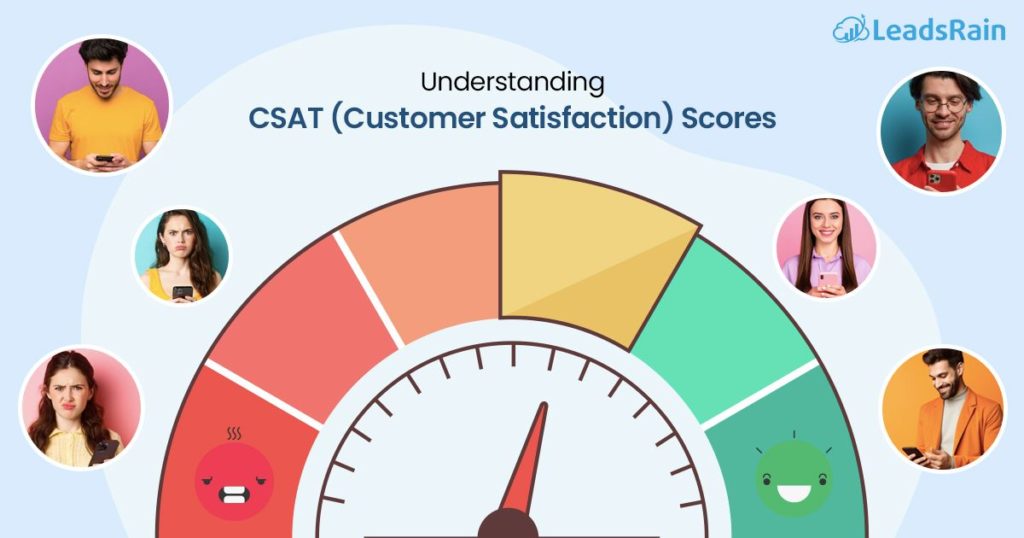Outbound sales automation has emerged as a game-changer, revolutionizing the way sales professionals operate. In this blog, we will explore the benefits and strategies behind outbound sales automation, shedding light on how it can transform your sales operations for the better.
What is Outbound Sales Automation?
Automated Outbound Sales have emerged as a powerful tool that enables companies to automate and streamline their sales activities.
Outbound sales automation uses technology and software tools to automate various sales processes, including prospecting, lead generation, follow-ups, and outreach. It involves leveraging advanced features and functionalities to save time, enhance productivity, and improve overall sales performance. Outreach automation tools enable you to set up predefined sales cadences and workflows.
This is a process where companies use targeted messages and automated workflows to reach out to their leads and customers efficiently and cost-effectively.
Challenges of Manual Outbound Sales
As an integral part of the sales process, outbound sales play a crucial role in generating leads, reaching out to potential customers, and closing deals. However, the traditional approach of manual outbound sales comes with its own set of challenges.
So, let’s find out the common hurdles sales professionals face in the manual outbound sales process.
Lack of scalability
One of the primary challenges of manual outbound sales is the lack of scalability. Performing sales activities manually demands a significant amount of time and effort. This manual process restricts the number of prospects that can be reached within a given timeframe. With limited scalability, businesses might struggle to meet their growth targets and expand their customer base efficiently.
Inefficient lead management
Manual outbound sales often struggle with inefficient lead management. Sales professionals need to organize and keep track of potential leads manually, which can lead to disorganization, data loss, and missed opportunities. This challenge can result in losing sales opportunities and impact overall revenue generation.
Difficulty in personalization
Personalization is a key aspect of successful outbound sales. However, the manual approach poses challenges in delivering personalized experiences to each prospect. Sales reps have limited time and information to tailor their pitch, resulting in generic and less impactful interactions.
Inconsistent prospecting
Manual outbound sales also face challenges in maintaining consistency in prospecting efforts. With a manual process, there is a higher chance of overlooking prospects or being inconsistent with follow-ups. This inconsistency hampers the overall effectiveness of the outbound sales strategy and may lead to missed opportunities.
Limited time and resource utilization
Manual outbound sales can be time-consuming, often requiring sales reps to manually dial numbers, record interactions, and update customer information. As a result, valuable time that could be spent on building relationships and closing deals is spent on administrative tasks.
6 Benefits of leveraging outbound sales automation
The benefits of automated outbound sales are undeniable-from improved productivity and enhanced lead nurturing to increased scalability and higher conversion rates. So why wait? Start seeking the benefits of outbound sales automation and watch your sales soar.
1. Streamlined lead management
- Automation software can effectively manage and organize leads, ensuring no potential customer falls through the cracks.
- With automated lead scoring and qualification, your sales team can focus on the most promising leads, maximizing their time and effort.
2. Consistent and timely communication
- Automation ensures that every prospect receives timely and consistent communication, eliminating the possibility of missed follow-ups or delays.
- Schedules follow-up emails and reminders ensure that potential customers remain engaged throughout the sales process, increasing the chances of conversion.
3. Data-driven decision making
- Sales automation provides valuable insights and analytics that can drive data-driven decision-making.
- By tracking metrics such as open rates, click-through rates, and conversion rates, you can identify areas for improvement and optimize your sales process accordingly.
4. Scalability and growth
- Managing a large volume of leads and prospects can become overwhelming as your business grows. Outbound sales automation allows you to scale your sales efforts effortlessly.
- By automating key tasks, you can efficiently handle a higher volume of leads without compromising the quality of your outreach.
5. Improved productivity and efficiency
- Automating repetitive tasks such as sending follow-up emails, scheduling meetings, and updating customer information frees up your sales team’s time.
- Increased efficiency leads to higher productivity, allowing your team to focus on building relationships with prospects and closing deals.
6. Enhanced personalization and targeting
- Outbound sales automation tools enable you to personalize your outreach at scale. Personalized emails and messages tailored to each prospect’s needs and preferences can significantly increase response rates.
- Advanced targeting capabilities also allow you to segment your audience and design customized campaigns that resonate with specific customer segments.
Which areas of outbound sales can be automated?
Regarding outbound sales, automation can greatly enhance productivity, effectiveness, and efficiency. By automating certain areas of outbound sales, sales teams can focus more on building relationships with prospects and closing deals.
Let’s explore some of the areas of outbound sales that can be automated.
1. Lead generation
One of the first stages in outbound sales is finding potential customers. This process can be time-consuming and repetitive. However, by leveraging automation tools, businesses can streamline their lead generation. These tools can help identify leads based on specific criteria, such as industry, job title, or company size, saving valuable time and effort for the sales team. Lead generation in outbound sales refers to the process of identifying and attracting potential customers for a business.
Few examples of how lead generation in outbound sales can be automated are;
- Automated landing page builders and optimization tools can help businesses create effective landing pages to capture leads. By A/B testing various elements, such as headlines, images and call-to-action buttons, businesses can optimize their landing pages to generate more leads.
- AI-powered chatbots and live chat tools can automate lead generation by engaging with website visitors in real-time.
2. Prospecting
Prospecting is a critical area for implementing outbound sales automation. The benefits of automation in prospecting are evident in terms of time and resource savings, enhanced personalization, and increased scalability. Prospecting is the process of identifying and qualifying potential customers who are likely to be interested in your product or service.
There are few examples of how prospecting can be automated which are;
- By using predictive algorithms, businesses can automate lead scoring to identify the most promising prospects. This helps sales teams prioritize their efforts and focus on leads that are more likely to convert into customers.
- Automation tools can monitor social media platforms to identify potential prospects based on specific keywords, hashtags, or industry-related conversations.
3. Appointment scheduling
Scheduling sales appointments can be challenging, especially when multiple parties are involved. Thankfully, automation tools can simplify this process by integrating with calendars and allowing prospects to book appointments directly. This eliminates the back-and-forth communication and makes finding mutually convenient meeting times easier.
Let’s see few examples of automation in appointment scheduling;
- Once an appointment is scheduled, automation tools can send automated email reminders to both the salesperson and the prospects. This ensures that both parties are well-prepared and minimizes the chances of missed appointments.
- In addition, automation tools can send SMS notifications to prospects to remind them of upcoming appointments. This can be particularly useful for time-sensitive meetings or for prospects who prefer communication via text messages.
4. CRM integration
Automation can help improve CRM processes by automating tasks such as follow-ups, updating customer information, and tracking customer interactions. This allows sales teams to manage customer relationships more efficiently and deliver a better customer experience. CRM integration is connecting a customer relationship management system with various sales and marketing tools to automate and streamline sales activities.
Here are few examples of CRM automation;
- Automation tools can integrate with CRM systems to automatically capture and import lead information from various sources, such as website forms, landing pages or social media platforms.
- It integrates with the customer support system. When a customer submits a support ticket, the CRM can automatically update the customer’s profile with relevant details, enabling sales teams to have a comprehensive view of the customer’s history and needs.
5. Cold emails
Sending personalized and targeted emails to prospects is a crucial aspect of outbound sales. Automation platforms allow businesses to create email templates, schedule and send them to many recipients simultaneously. Cold emails allow businesses to reach out to potential customers who have not previously shown interest or interacted with their brand.
Let’s have a look at few examples of automated cold emails.
- Automated tools can provide pre-designed email templates that can be customized and personalized to suit specific target audiences.
- Automation in cold emails can insert personalization tokens into emails, allowing for dynamic content generation. These tokens automatically fill in information specific to each prospect, such as their name, industry or recent interaction with the business.
6. Reporting and analytics
Measuring the success of outbound sales efforts is essential for continuous improvement. Automation tools can consolidate data from various sources, create visual dashboards and deliver real-time insights, allowing sales reps and managers to make well-informed decisions and optimize their strategies. There are few examples of automated reporting and analytics which are;
- Automated tools can generate and distribute reports on a regular schedule. For example, businesses can automate the creation and distribution of weekly or monthly sales performance reports via emails.
- Automated reporting and analytics often provides customizable analytics features that allow businesses to define and track specific metrics based on their unique sales goals and objectives.
7. Auto dialer
Auto dialer technology is a game-changer for sales teams, enabling them to make more calls in a shorter period. The system dials the number automatically, eliminating the time spent on manual dialing. Moreover, the auto-dialer eliminates unproductive time, such as dealing with busy signals, wrong numbers, or disconnected lines.
Let’s find out few examples of automated auto-dialers;
- Automated auto dialer enables sales reps to leave pre-recorded voicemails with a click of a button. This saves time and allows sales reps to move on to the next call more efficiently.
- Automated tools can automatically record calls made through the autodialer. These recordings can be used for quality assurance, training purposes or compliance.
Strategies for Effective Outbound Sales Automation
Are you looking for ways to improve your outbound sales efforts and drive more revenue? Let’s have a look at these effective strategies for outbound sales automation that will help you streamline your processes, save time and achieve better results.
Understanding your target audience
Effective outbound sales automation starts with a deep understanding of your target audience. By identifying your ideal customer profile, you can segment your audience and tailor your messaging to address their specific needs and pain points. This personalized approach helps you build stronger relationships with your prospects and increases the chances of conversion.
Building a lead generation system
It’s time to build a robust lead generation system. Leverage various digital marketing channels like social media, content marketing, and paid advertising to capture leads. With an automated lead nurturing process, you can stay top of mind and build relationships with potential customers until they are ready to make a purchase.
Omnichannel Marketing
It is a unified approach to customer engagement, allowing customers to access your products and services from any channel or device. This includes all channels, such as digital, email, mobile, and social media. Omnichannel marketing can help you to reach your customers more effectively by understanding their preferences and creating personalized experiences for them.
Analyzing and iterating
Analyzing and iterating to achieve the best results from your sales automation efforts is crucial. Regularly review the performance of your campaigns by monitoring key metrics. Identify patterns and trends in the data to understand what strategies are working and what needs improvement.
Conclusion
Automated outbound sales has become crucial to successful sales strategies in today’s competitive market. Remember, it is not about replacing the human touch but rather empowering sales professionals with the tools and technology to excel in their roles. So, leverage the power of automation and unlock the full potential of your sales team. Start your journey toward outbound sales automation today!




